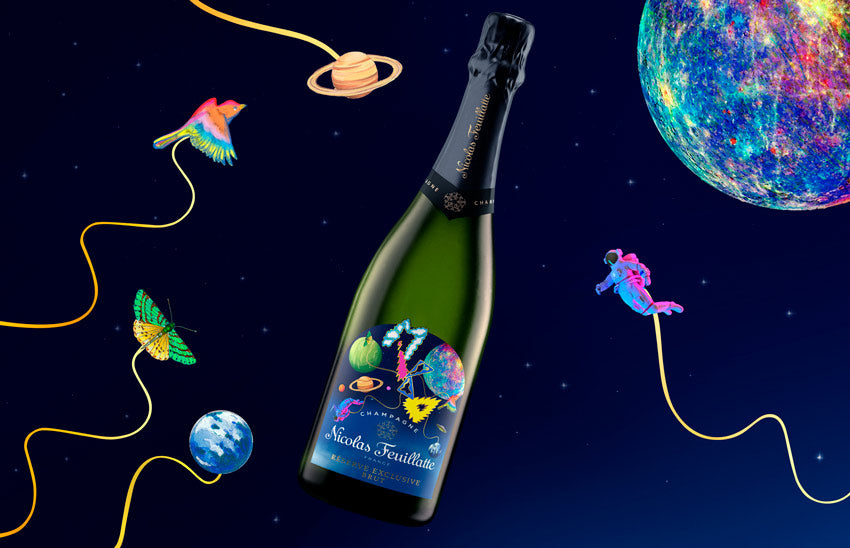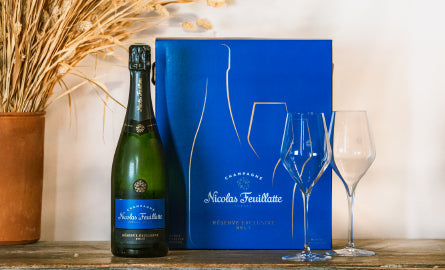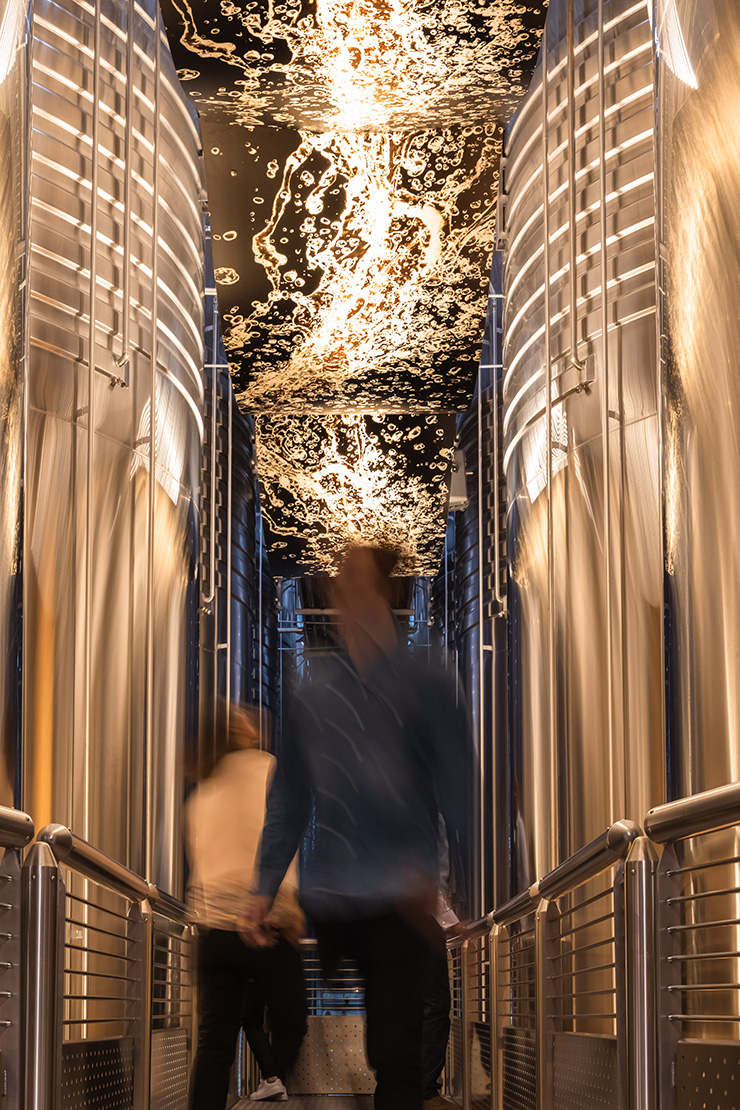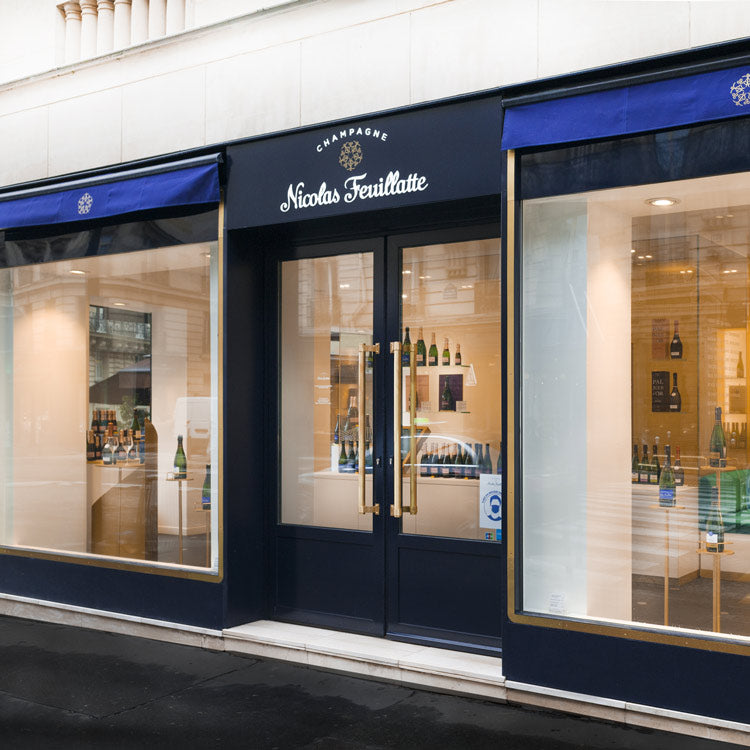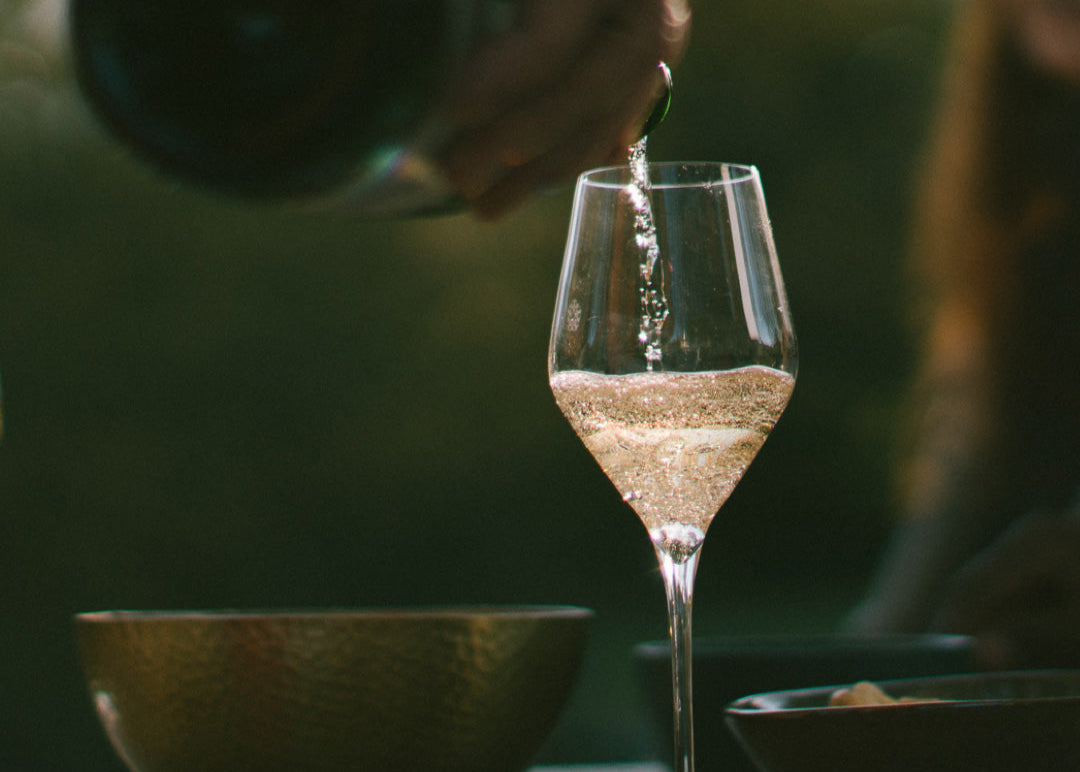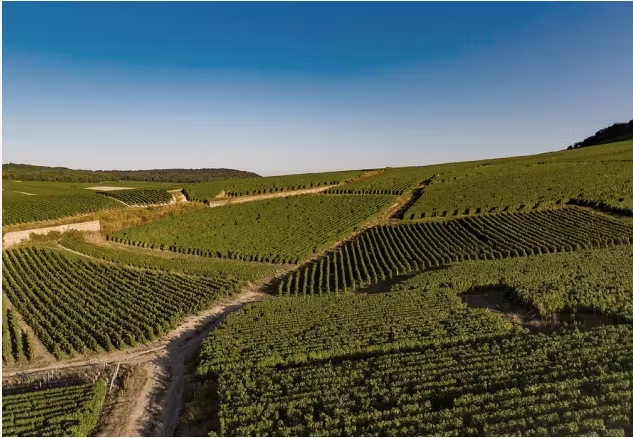In Champagne, we are used to seeing the words Brut, or even Extra-Brut, Demi-Sec, but then comes the burning question you may ask yourself: ‘What exactly is a Brut Champagne?’
When you see the word ‘Brut’ on a champagne label, it refers to the sugar dosage. This step helps refine the wine’s style and assert its identity.
The amount of sugar varies depending on the Champagne category (from Brut to Demi-Sec at Nicolas Feuillatte). A Champagne is called ‘Brut’ when its sugar dosage is between 6 and 12 grams of sugar per liter.
OK, so how is sugar added to Champagne?
Technically, sugar is added in the form of a liqueur: the sugar is dissolved in reserve wines, which is why this step is key in defining the style of a Champagne.
The ‘Brut’ dosage is the most common in Champagne, but there are other types of dosage, each with its own character. At Nicolas Feuillatte, for example, we have the Extra-Brut dosage, which corresponds to the range of 0g to 6g of sugar per liter in our Réserve Exclusive Premier Cru Extra-Brut cuvée. Its low dosage allows the expression of the three grape varieties to shine, while preserving the freshness and characteristic of each.
A Demi-Sec Champagne is characterized by a higher sugar content, such as the Réserve Exclusive Demi-Sec cuvée (between 32 and 50 g of sugar per liter). This type of Champagne pairs particularly well with spicy dishes, blue cheeses such as Roquefort, or with pastry-style desserts (brioche or crêpes).

